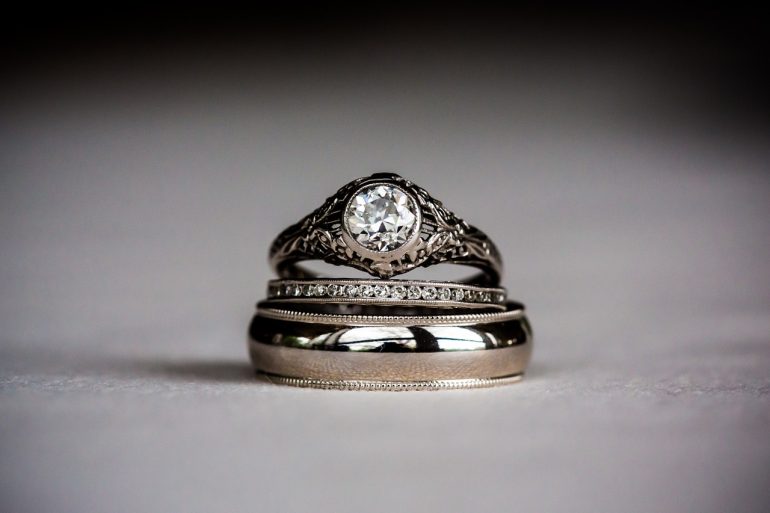The creation of jewellery is an ancient practice, originating in the earliest civilisations and evolving over the millennia to include a wider variety of designs and materials. Today the industry marries traditional techniques with modern technologies to allow for incredible works of art to be developed, generating consistent sales growth as a result. Lasers are now a common feature of the jewellery manufacturing process, but unless you are familiar with the systems involved and the benefits they bring, this might sound counterintuitive. So how is this technology being harnessed and why is it so relevant to jewellery in particular?
Personalisation
Jewellery is often given as a gift on special occasions, in which case the gesture in its own right might be enough to signify the importance of a relationship or bond between two people. However, with the help of laser engraving it is possible to turn an already meaningful piece into something entirely bespoke and unique. Whether you want to leave a personal message indelibly etched on the surface of a ring, or instead choose a one-of-a-kind pattern design to serve the same purpose, the precision and versatility of laser technology makes this much easier than ever before. For more information on the advantages of using laser technology to personalise jewellery, check out this page. In the past, incredibly skilled workers would have to carry out engraving by hand. This was not only challenging, but costly and could cause unwanted damage to the precious metals. Laser systems have no such downsides and are quicker, cheaper and more effective than any human equivalent.
Welding
Lasers can do much more than simply mark the surface of jewellery for the purposes of customisation; they can also be used as a key part of the manufacturing process. Most notably it is possible to use lasers to weld two or more pieces of metal together to create some truly jaw-dropping rings, bracelets, necklaces and other popular types of jewellery. As with the etching process, using laser welding systems in this context makes sense because it does not rely on massive amounts of heat to create the bond and lessens the likelihood of errors occurring when the jewellery is being produced. Laser welding is used not only by boutique jewellery brands, but also by mainstream manufacturers. It can even be harnessed to repair damaged jewellery, which is good news for those who want to keep increasingly valuable antique pieces looking their best.
Cutting
The computer-controlled accuracy of laser cutting machines is well suited to the creation of jewellery. Plenty of different materials can be tackled with precision, including classic options like gold and silver as well as modern alternatives like titanium.
This kind of laser technology is most commonly used to form the often intricate shapes of charms and pendants, and as with engraving it is possible to leverage entirely original designs. Getting one-off jewellery pieces is now far more accessible thanks to the rise of laser technology and it will continue to leave its mark on the industry for centuries to come.





